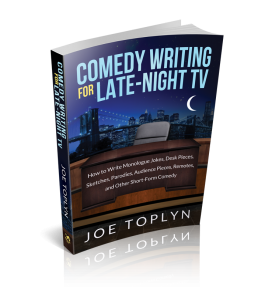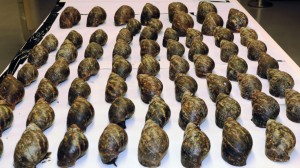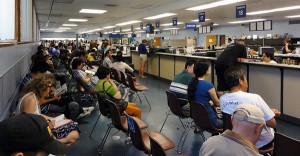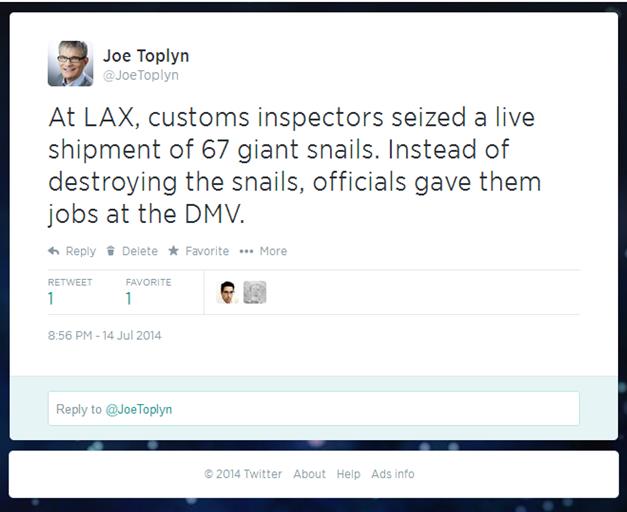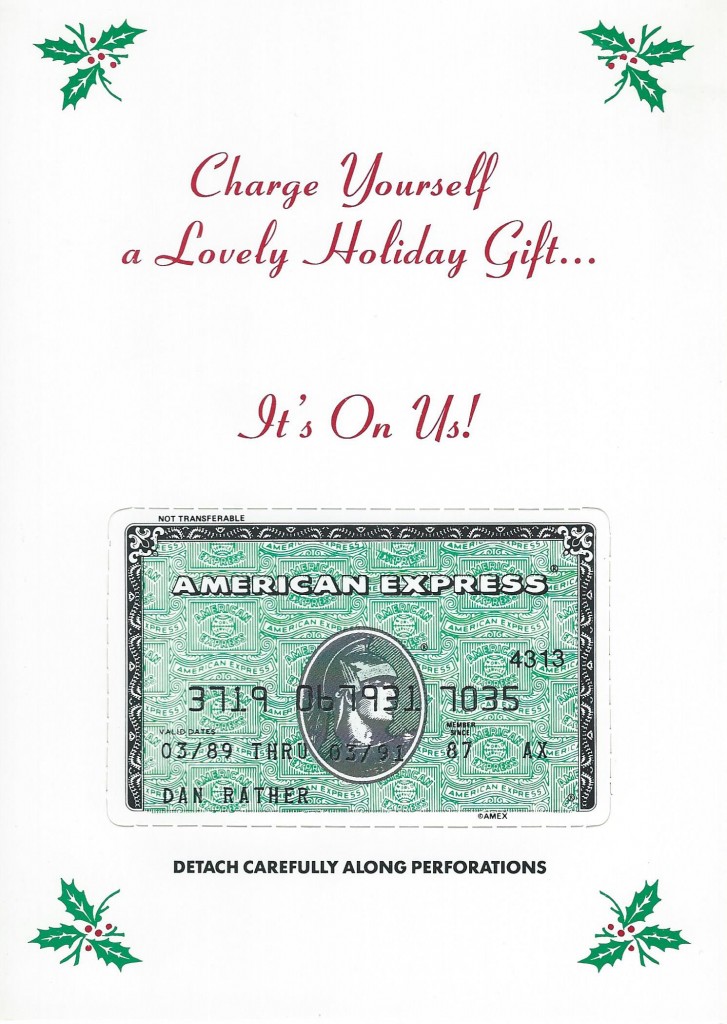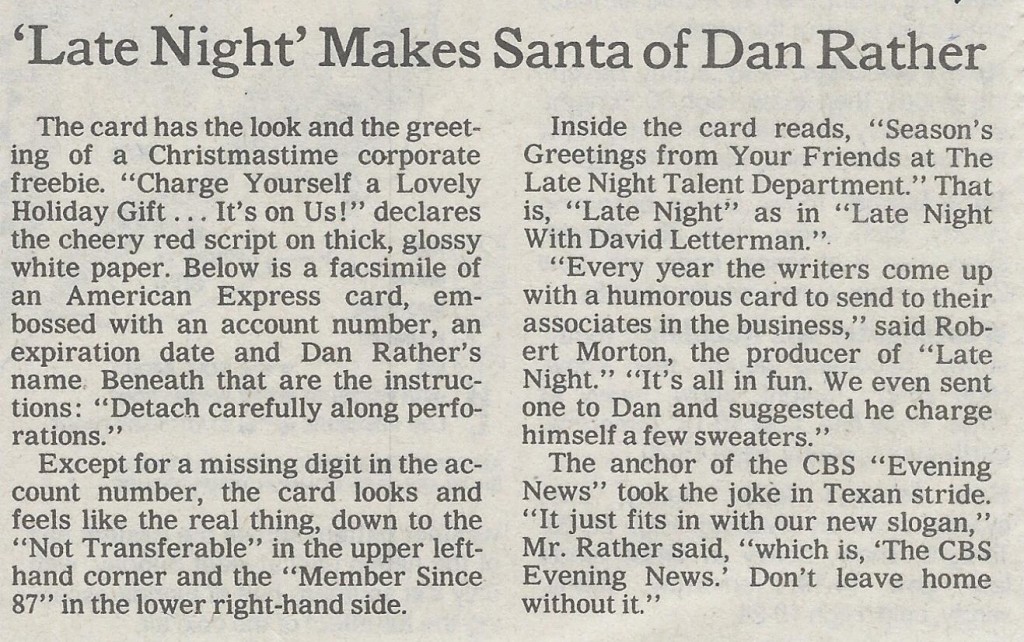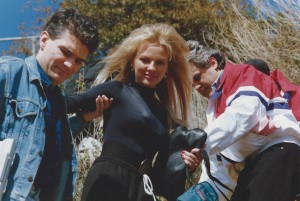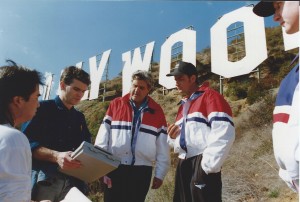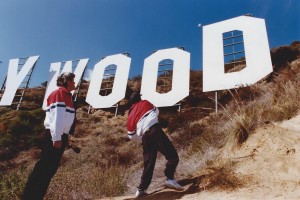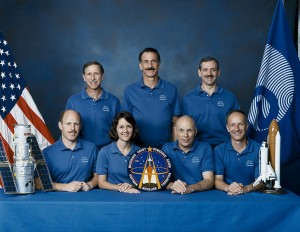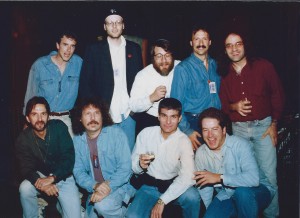“Children grow up so fast these days. That’s the reasoning behind this latest addition to a beloved series of children’s books. It’s [HOLDS UP FAKE BOOK] Curious George and the hole in the wall of the girls’ locker room.”
That’s an example of a joke in a Desk Piece, a type of short-form comedy that’s popular on many comedy/talk shows. A Desk Piece is a segment of fully-scripted comedy that the host performs by himself while sitting at his desk.
Here’s how I wrote that joke. The process was very similar to that of writing a topical monologue joke, a process I cover in detail in my book Comedy Writing for Late-Night TV.
I started with the topic of the Desk Piece. The topic is typically a collection of things in a particular category, in this case “New Books.” Next I brainstormed a long list of angles off that topic, that is, types of real books. Here’s a partial list of those angles:
 cookbooks * dictionaries * puzzle books * coffee table books * The Lord of the Rings * thesauruses * novels * atlases * children’s books * Mark Twain * celebrity memoirs * paperbacks * etiquette books * Curious George * biographies * encyclopedias * guidebooks * pop-up books * how-to books * photography books * manuals
cookbooks * dictionaries * puzzle books * coffee table books * The Lord of the Rings * thesauruses * novels * atlases * children’s books * Mark Twain * celebrity memoirs * paperbacks * etiquette books * Curious George * biographies * encyclopedias * guidebooks * pop-up books * how-to books * photography books * manuals
To create the punch line I chose one angle–Curious George–and used my Punch Line Maker #3 on it, asking the question “What might a curious person do?” I answered that question using a surprisingly unwholesome association of “curious,” which is “spy on people.”
Finally I used my Joke Maximizer #9 (“Get specific”), devising a very specific Peeping George scenario, and arrived at the punch line: “Curious George and the hole in the wall of the girls’ locker room.”
“New Books” is what I call a Graphic/Prop Piece, one of the seven types of Desk Pieces I analyze in my own new book, Comedy Writing for Late-Night TV.
A footnote: I wrote that Curious George joke for Late Show with David Letterman in May 1998 but you’d never know it. It’s an example of evergreen comedy, comedy that has a long shelf life, usually because it’s not based on something topical but on a more lasting pop culture phenomenon.
If you’re preparing a writing sample to submit to a comedy/talk show, include a generous portion of evergreen comedy. That way your submission won’t seem too dated if it winds up sitting on the credenza of some head writer for months before it’s read.

